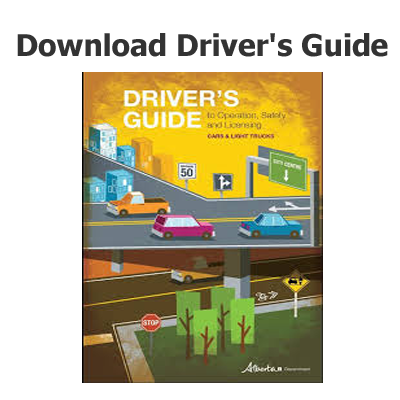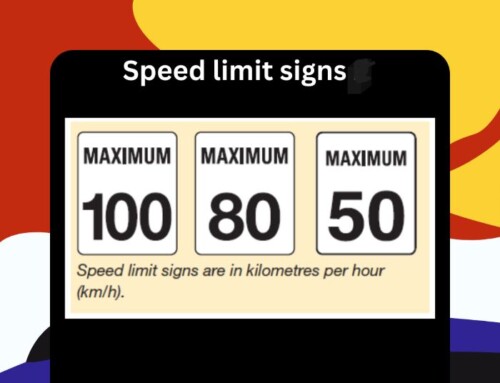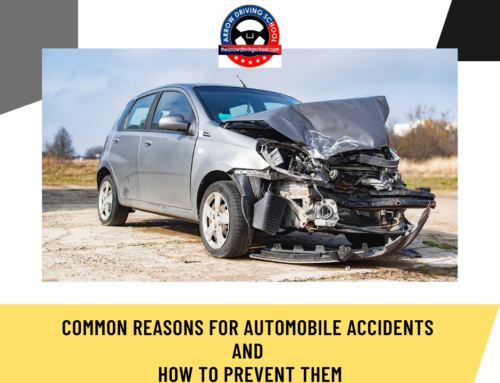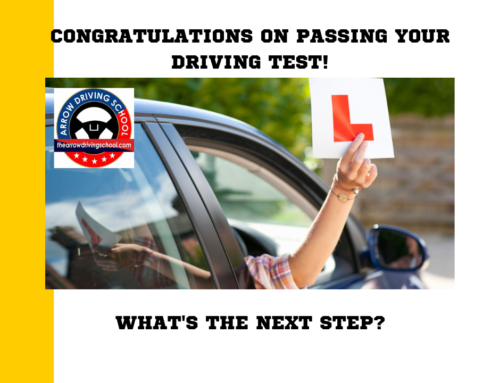What to Do When Your Car Is Stranded In the Snow
When you go to the Arrow Driving School Edmonton program, you must learn how to deal with snow and ice on the road. A new driver might skid on the road, drive on snowy roads, and drive to locations that have not been plowed or salted. In fact, drivers ed students could get stuck in the snow. Use the tips below to get your car out of the snow without causing damage to the vehicle. Before you begin, make certain that you keep calm.
Dig A Path For Your Tires
When a new driver gets stuck in the snow, they might think that acceleration can break them free. This is not the case. You must get out of the car, dig a path for the tires, and try to dig as much snow from under your tires as possible. When a student driver gets their first car, they should put a small shovel in the trunk for just such an occasion. You do not need to dig the car out completely, but you must remove as much snow as you can.
When you dig a path for the tires, you must make the path wider than the car. If you can drive out, the car will get stuck on any snow that sits in the way. Also, you do not want to scratch your car’s paint with ice and snow buildup around the vehicle.
Rock Your Car Free Of The Snow
While you are still outside the car, you can rock the car free of snow under the tires. When you go to driving school, you cannot simulate a car that is stuck to an icy road. Rocking the car helps remove the tires from any ice on the road. Plus, rocking the car helps push snow away from the tires.
If someone is with you, they should stand on the other side of the car to rock it back and forth. You will hear the ice and snow crackling under the car. Plus, you might see the car shift because it is no longer stuck.
When you are rocking the car free, you may want someone to push the car from behind. Put the vehicle in neutral, keep your foot partially on the brake, and let the passengers push the back of the car.
Gently Use The Gas Pedal To Move The Car
Driver training does not include snow driving. You might think that you can hit the gas as hard as possible to drive out of the hole you have dug. However, your tires will skid on the ice and snow. Moving slowly allows your tires to gain traction. You are giving your car a chance to push through the ice and snow instead of digging a massive trench with your spinning wheels.
You can use a bit of gas while someone is pushing the car. If you are by yourself, you might try pushing your car first. If the car does not move, you can get in, try the gas pedal, and proceed from there. Driving school can no teach you the exact amount of throttle you need, but you should barely press the pedal. You will feel the car gain traction on the road, and someone pushing the car might have an easier time pushing.
Add Boards, Rails, Or Flat Planks For Traction
You can add traction to the road by using boards, cardboard, or rails. When you are in driver training, you might learn about using a metal rail or wood plank to support your tires. You could keep these planks in your trunk, or you might find these planks on the road.
Dig out the snow and ice around your tires. Lay the planks or rails on the ground, and shove the planks under your tires. When you get back in the car, you should use as little gas as possible. Your car will start to gain traction, and you can drive out of the trench.
You should try to use planks or rails under the tires that power your car. However, you may need to put planks under all four tires to gain as much traction as possible.
Ask Another Car To Push You
You may use all the information you learned during your drivers ed program, but you might remain stuck. If other vehicles are driving down the road, you should ask them to stop. Another vehicle can push you out of the trench that you dug with your tires.
Follow the steps that are listed above. Dig out the snow and ice under the tires. Planche planks under the tires, and slowly depress the gas while another vehicle is pushing your car. If you hit the gas hard, you will start to dig a trench while the other car is pushing you. Plus, you could kick up mud or rocks that will damage the other vehicle.
Remain Calm
You must do everything possible to remain calm. If you have a cell signal, you should call a tow truck or a friend to come help you. If you do not have a cell signal, you should start digging out your tires, looking for traction planks, and rocking your car out of the ice and snow. If you panic, you will not have the energy necessary to get your car out of the snow.
When you cannot get the car out of the snow, you should try to flag down a passing motorist for help. Motorists can give you a ride, help you complete the steps above, or call a tow truck.
How Can You Learn All These Techniques?
Every student driver can learn to drive in the Arrow Driving School Edmonton program. However, you cannot replicate all the situations listed above. Use the techniques listed to get your car out of ice and snow. Call for help if you can, and flag down a passing car if you need assistance. You can get your car out of the snow in most cases, but you must act quickly because it may be raining, snowing, and/or windy.








